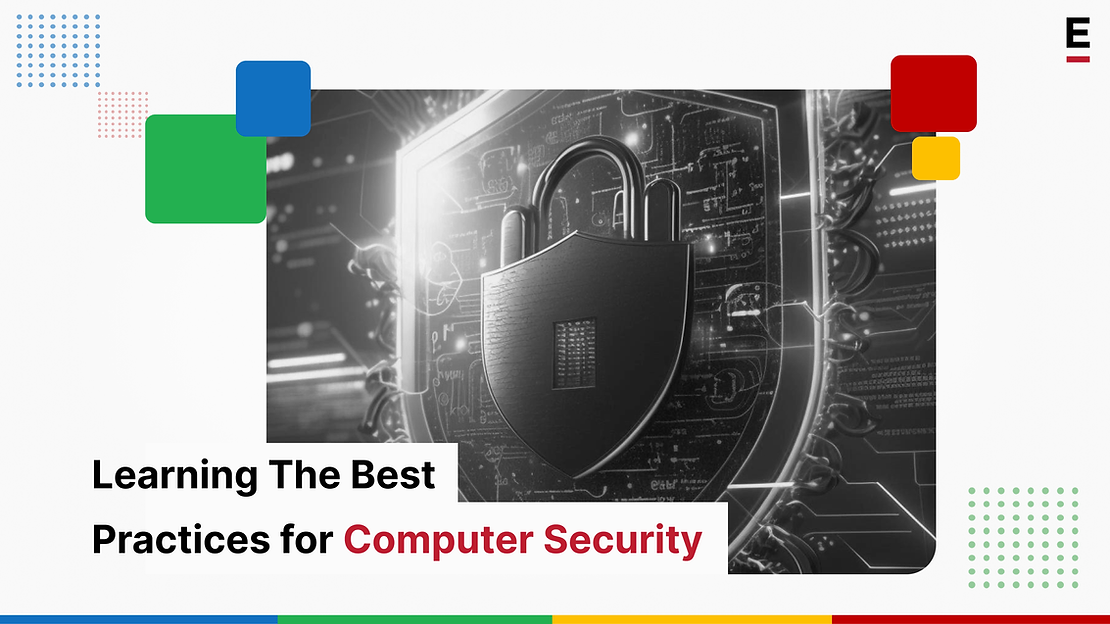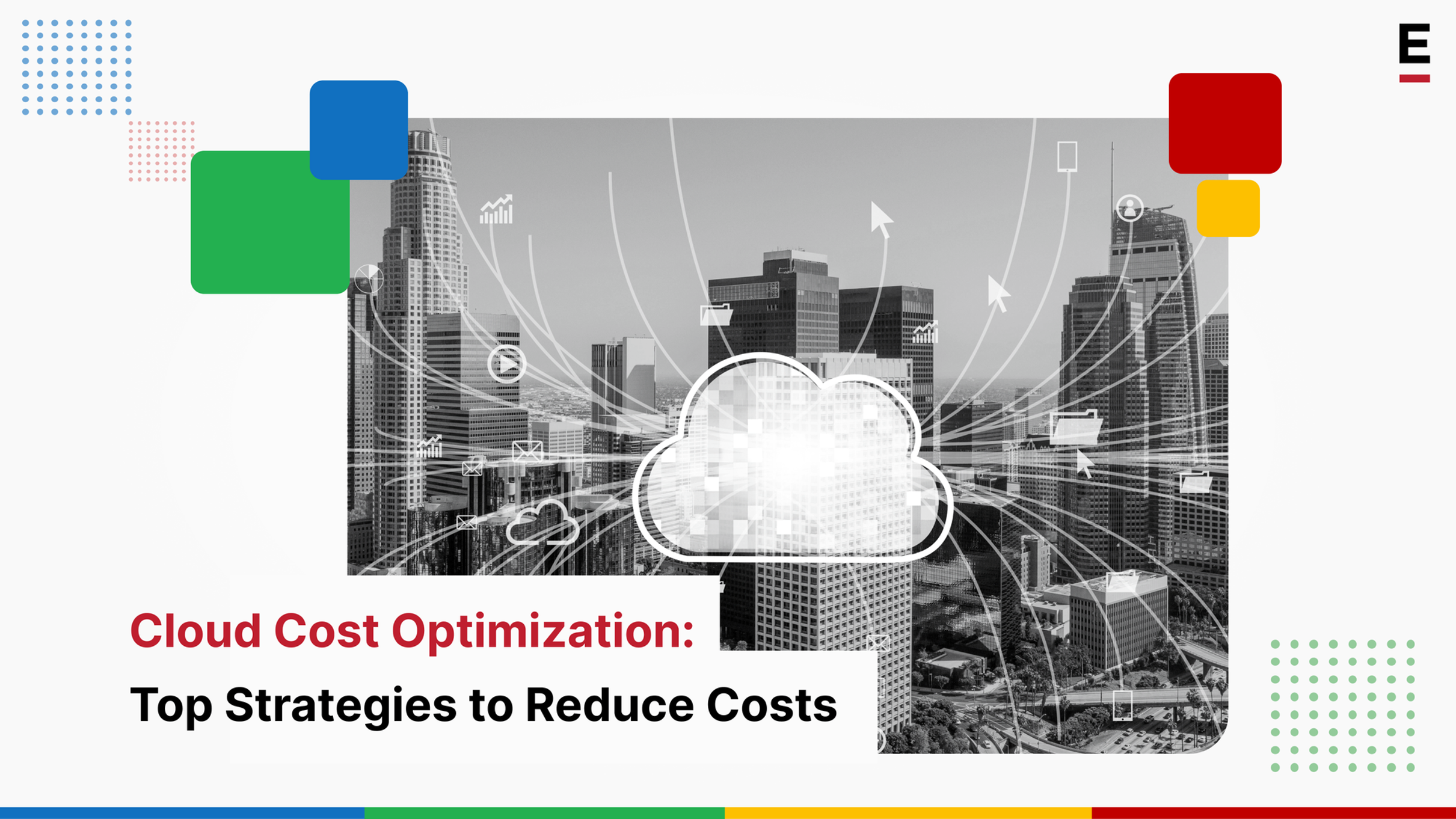This era of digital connectivity demands us to understand and enforce best practices for Computer Security, and it is paramount for individuals, organizations, and nations alike. The escalating sophistication of cyber threats, ranging from malware to ransomware and phishing attacks, underlines the critical importance of robust cybersecurity measures. Learning and applying security best practices safeguard against financial losses, legal consequences, and reputational damage and promote the responsible and ethical use of technology. Cybersecurity practices form an essential foundation for navigating the dynamic and interconnected digital landscape, from protecting sensitive information and ensuring business continuity to fostering trust in emerging technologies and national security considerations.
In addition to mitigating risks, security best practices empower individuals to preserve privacy, prevent identity theft, and maintain the stability of critical infrastructure. As technology evolves, staying informed about emerging threats becomes imperative to adapt defenses accordingly. Beyond the individual and organizational levels, a commitment to cybersecurity is essential for national security, preventing cyber espionage and warfare, and safeguarding against threats with geopolitical implications. Ultimately, adopting security best practices fortifies against immediate risks and contributes to a resilient and secure digital ecosystem, facilitating innovation and responsible engagement in the rapidly advancing realm of technology. This blog describes the best practices we could adhere to for maintaining Computer Security. Read on!
A. Using Strong and Unique Passwords
Complexity Matters:
Implement passphrase systems that combine words and characters intelligently. For example, instead of “Password123,” consider using a passphrase like “BlueDragon$42FlyHigh. Practice using multi-factor authentication (MFA) to add an extra layer of security. Biometric authentication, such as fingerprint or facial recognition, can be integrated for enhanced protection.Unique for Each Account:
Embrace password management tools that generate and securely store complex, unique passwords for each account. These tools often integrate with browsers and devices, making it seamless for users.Consider exploring blockchain-based authentication methods, where decentralized identity management can provide each user with a secure and unique identity without relying on a central authority.Regular Updates:
Employ a password rotation policy, prompting users to change their passwords regularly. This can be complemented with behavioral analytics to detect suspicious password-related activities. Explore biometric authentication methods beyond fingerprints, such as vein pattern recognition or behavioral biometrics like typing speed and keystroke dynamics.
B. Keeping Software Updated
Security Patches:
Utilize automated patch management systems that can identify vulnerabilities and apply patches promptly. Machine Learning (ML) algorithms can predict potential vulnerabilities based on historical data, allowing for proactive patching. Consider decentralized update mechanisms using blockchain technology to ensure a tamper-proof and transparent update process.Feature Enhancements:
Explore self-updating software frameworks that dynamically adapt and evolve based on usage patterns and security requirements. Apply containerization technologies like Docker to compartmentalize and isolate applications, making updates and rollbacks more manageable.
C. Implementing Antivirus and Antimalware Solutions
Real-time Protection:
Integrate Artificial Intelligence (AI) and Machine Learning (ML) algorithms into antivirus solutions to enhance real-time threat detection capabilities. These systems can learn and adapt to new and evolving threats. Use behavioral analysis to detect anomalies in system activities, identifying potential threats based on deviations from normal behavior.Regular Scans:
Execute continuous monitoring systems that dynamically adjust the frequency and intensity of scans based on network activity. This helps in identifying and isolating threats promptly. Employ threat intelligence feeds that provide real-time information about emerging threats, enabling proactive measures before a threat becomes widespread.Automatic Updates:
Implement blockchain-based decentralized threat intelligence platforms, ensuring that updates to threat databases are secure, transparent, and free from tampering. Utilizing automated response mechanisms that can take instant action based on threat intelligence reduces the response time to potential security incidents.
D. Utilizing Firewalls and Encryption
Firewalls:
Explore using next-generation firewalls (NGFW), incorporating deep packet inspection, intrusion prevention systems, and application-layer filtering for more granular control. Implement Software-Defined Networking (SDN) to dynamically adjust firewall rules based on network conditions and security policies.Encryption:
Utilize quantum-resistant encryption algorithms to future-proof data against the potential threat of quantum computers. Enforce homomorphic encryption, allowing computations on encrypted data without decryption, ensuring end-to-end security in data processing workflows.
E. Educating Employees about Security Best Practices
Training Programs:
Use Virtual Reality (VR) and Augmented Reality (AR) simulations for immersive cybersecurity training, allowing employees to experience and respond to realistic cyber threats in a controlled environment. Use gamification elements to make training engaging and encourage employees to adopt a proactive approach to cybersecurity.Phishing Awareness:
Deploy advanced email filtering systems that utilize Machine Learning to identify and block sophisticated phishing attempts. Ensure biometric-based access controls for sensitive systems, adding an extra layer of security that makes it harder for malicious actors to compromise.Access Control:
Enforce zero-trust security models, where access is granted based on strict verification regardless of the user’s location or network. Explore decentralized identity solutions using blockchain to give users more control over their digital identities, reducing the risk of unauthorized access.
Safeguarding your digital assets demands a multifaceted and forward-thinking approach in the face of an ever-evolving cyber landscape. Adopting comprehensive best practices outlined earlier serves as a proactive shield against many cyber threats, mitigating the potential impact of security breaches. Recognizing that cybersecurity is not a one-time task but an ongoing process is crucial. Constant vigilance, coupled with a commitment to update software, fortify defenses, and educate stakeholders regularly, reinforces the resilience of your security infrastructure.
Moreover, integrating emerging technologies, such as artificial intelligence and blockchain, can usher in a new era of security paradigms. AI-driven threat detection and response systems enhance the real-time identification of evolving threats, while blockchain’s decentralized and tamper-resistant nature can fortify data integrity and authentication mechanisms. Embracing these advancements positions organizations at the forefront of cybersecurity, enabling them to adapt to the dynamic threat landscape effectively.
It is imperative to view cybersecurity not merely as a defensive measure but as an integral part of digital citizenship and responsible technological innovation. As digital interactions become more pervasive, the collective commitment to implementing and refining these best practices establishes a foundation for a secure and resilient digital ecosystem.
Pursuing cybersecurity excellence is an ongoing journey that demands continuous learning, adaptation, and a proactive stance in the face of emerging threats. By staying vigilant and fostering a culture of cybersecurity awareness, individuals and organizations can navigate the digital realm with confidence and resilience. In the next blog post, we will uncover future Computer Security trends. Stay tuned!




